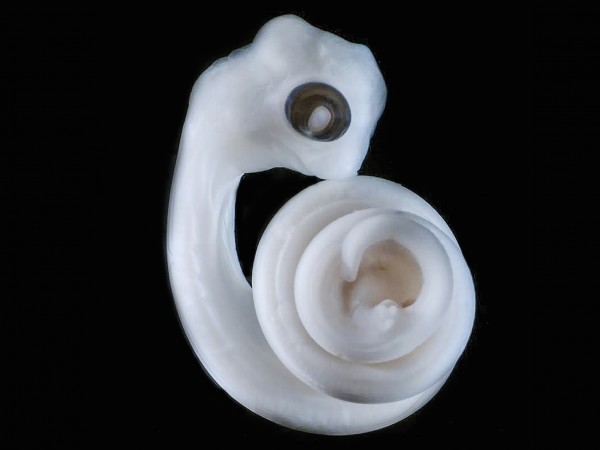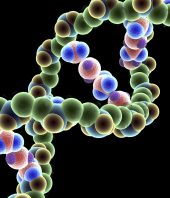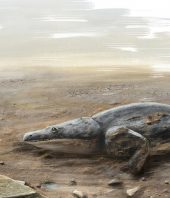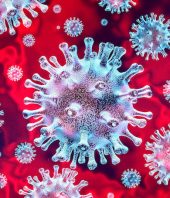It’s not a question a lot of scientists ponder out loud, but it’s key to much of life on Earth: Exactly how does the penis form? Today, two teams of researchers report having solved one part of this mystery, pinpointing how the organ gets its start in snake, lizard, mouse, and chick embryos. Now that they understand the penis’s origin, researchers can track its development in more detail to understand what drives it to follow a different path in females and become a clitoris. The finding doesn’t just answer a biological conundrum; it could also help millions of people born with genital malformations.
In the first study, Harvard University developmental biologists Cliff Tabin, Patrick Tschopp, and colleagues traced penis development in mouse, lizard, chick, and snake embryos. They also analyzed the gene regulatory networks that orchestrate this process. They pinpointed the cells destined to become the penis, but those cells differed depending on the species studied, they report online today in Nature. In snakes and lizards, the penis arises from what will become—or, in snakes, would have been—the beginnings of the back legs, whereas in mice, some of the cells destined to become the tail take on that task. Penis formation in the chicken involved cells from the would-be tail and the would-be hindlimb, the team reports.
What was common to all of these animals was the role of the cloaca, a cavity destined to become the lower part of the gut. Signals from the cloaca initiate penis formation in each animal. But as in real estate, location is everything. The rodent cloaca is back by the tail-to-be and taps some nearby cells for the penis, whereas the snake cloaca is close to where two limbs used to sprout. Hence, the snake gets two penises instead of just one, (though it uses just one at a time during mating), Tschopp says. When the researchers attached cloacal tissue to other parts of the chick embryo, they saw the buds indicative of penis growth where they should not have otherwise formed. They did not let the chick develop beyond this point. “Wherever you put the cloaca, that determines what cell types you recruit,” Tschopp explains. The work “highlights the important role of the cloaca in the earliest events involved, which I think has been underappreciated,” adds Marty Cohn, a developmental biologist at the University of Florida (UF) in Gainesville, who performed a separate study.
In that work, he and UF colleague Ana Herrera tagged different cells of a chick embryo with a fluorescent marker and followed those cells as they proliferated. They discovered that the ones that turned into either a penis or a clitoris started out as two groups of cells on opposite edges of the embryo when it was still a flat sheet. As that sheet curls up and joins to close the body wall and make a 3D embryo, the two sets of cells meet in the middle, the duo reports today in Scientific Reports. Each group of cells forms a bud, and these two buds merge in the chick to form a single penis. In snakes, the buds may remain separate to form their dual penises. In people, defects in the genital organs may arise when the body wall doesn’t close properly, Cohn says.
The two groups agree that the cells that form the penis start out at the outer edge of the embryo and that they are closer to the tail in the mouse and chicken than in the snake. But they don’t agree on whether those first cells are part of the pool of cells destined to become a limb or tail or whether the cells belong to a separate, nearby pool that is already specialized to become the penis. “I think they are adjacent populations,” Cohn says.
Regardless of this difference of opinion, these new insights into how the penis gets started in the embryo are impressive, says Gunter Wagner, an evolutionary biologist at Yale University who was not involved with either study. “It’s seems like a pretty complete story to me.” For him, the work begins to address the question of how novel anatomical structures arise in evolution. And in that respect, he adds, “it’s a big advance.”
Source: AAAS
http://news.sciencemag.org/biology/2014/11/mystery-solved-where-penis-comes






